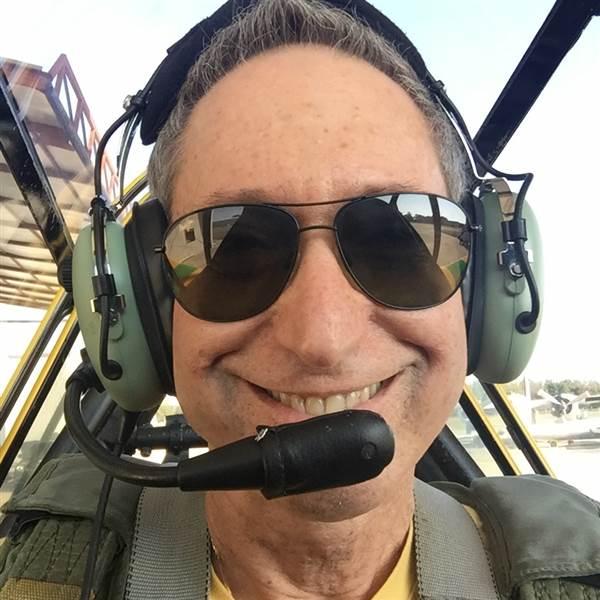-
About
- Close
-
PPS Benefits
- Close
-
Coverage Overview
- Close
- Participants Only
-
Resources
- Close
We have established that high-altitude flying has some unique physical and mental effects on how we control an aircraft. A question I have been pondering for many years is, “Does high-altitude flying, above 9,000 feet without cabin pressurization, cause any changes to the mechanism of action or reaction of the body to medications?” To stay true to my profession as a CFII with a pharmacy degree, I have done some research into this area of pharmaceuticals plus high-altitude effects. What I discovered is that there is very little data available.
In 1993, I was working in an internal medicine and high-risk pregnancy clinic. A young gentleman had come in for his annual physical and handed me a prescription to fill for a medication called Acetazolamide (Diamox™). I had experience with this medication in the intensive care unit (ICU), where it was used to change a patient’s breathing status due to respiratory alkalosis, a condition resulting from too low carbon dioxide levels in the blood. The patient was very fit and didn’t look like he was having any difficulty in breathing or needed to belong in an ICU. He said he was scheduled to climb Mount Everest and was told by his physician to take Acetazolamide for a week before and for 5 days during his climb to prevent acute mountain sickness (AMS). The symptoms of AMS are throbbing headache, nausea, vomiting, anorexia, dizziness, and fatigue due to hypoxia at high altitudes. These effects are seen above 3,000 meters (9,900 feet). Acetazolamide is taken to prevent these symptoms.
In aviation history some of the first reported cases of AMS were seen in hot air ballooning in the 19th century. French and English hot air balloon pilots described feeling a throbbing headache, with nausea and vomiting during their ascents to high altitudes.
Medications that have actually been studied for AMS include Acetazolamide (Diamox™), ibuprofen (Motrin™), dexamethasone, and inhaled corticosteroids (Budesonide). Acetazolamide is the primary medication studied at altitude. All of the stated medications helped people who have gone to altitudes from 10,000 feet up to 18,000 feet. The high-altitude definition starts at 4,921 feet and continues to 11,483 feet. Very High Altitude is defined as 11,483 to 18,045 feet. By definition, any time I fly over 4,921 feet I am in high-altitude conditions.
The typical “medication effect” is due to pharmacokinetics and pharmacodynamics. Pharmacodynamics is the effect of the medication on the body. The blood, heart, brain, kidney, liver, and eyes need oxygen. A medication is transported by blood through the circulatory system, and the heart is the pump that drives that circulating blood and the on-board medication to the area needed. High altitudes should affect how medications work.
For those pilots who already fly at high altitudes on a regular basis, their bodies are acclimated to your high altitude environments. Pilots who infrequently fly at higher altitudes for long periods of time without pressurization, or for the lowland pilots flying out west to mountainous areas to see friends or relatives, or for a wonderful aviation vacation may be at higher risk of experiencing symptoms that could compromise safety. Next time, we will continue this discussion about medications effect on flying.
